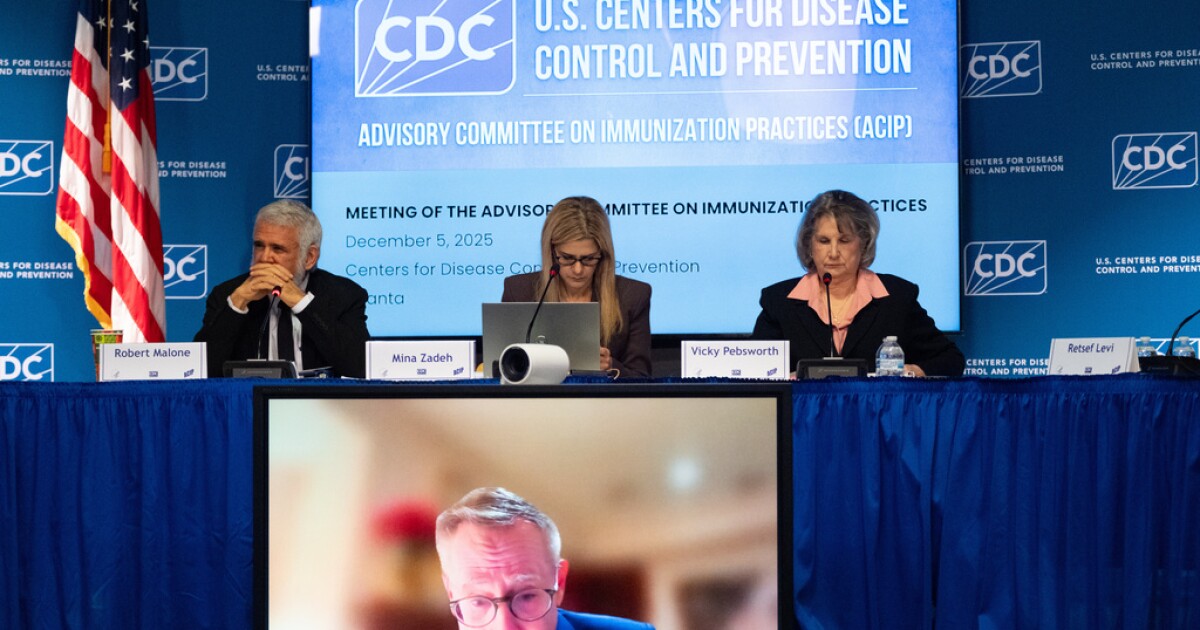Five years post-pandemic, a surprising trend in education is the significant rise in chronic absenteeism among students. Insights from a American Enterprise Institute symposium reveal the challenges and potential solutions to this widespread issue. Despite some recovery, chronic absenteeism remains 50% higher than pre-pandemic levels, affecting nearly a quarter of students. Experts are delving into various factors contributing to this trend.
Chronic Absenteeism Remains High
The chronic absenteeism rate soared post-pandemic, peaking at 29% during the 2021-22 school year. Although it has decreased slightly, current figures indicate a 23.5% absenteeism rate according to recent AEI data. This translates to 11 million out of 48 million public school students missing significant school time, a troubling trend for educators and policymakers.
Absenteeism Across Economic and Academic Lines
Absenteeism affects students from both high-income and low-income backgrounds, as well as high achievers. Low-income districts report the highest rates, with 30% of students frequently absent. Even in affluent areas, absenteeism has risen to over 15%. Nat Malkus from AEI notes, “Chronic absenteeism affects disadvantaged students more often, but the rise in chronic absenteeism was an unfortunate tide where all boats rose.”
Moderate Absenteeism on the Rise
Jacob Kirksey of Texas Tech University studied absenteeism trends in Texas, North Carolina, and Virginia, noting a shift from very low absenteeism rates pre-pandemic to increased moderate absenteeism. Ethan Hutt of the University of North Carolina observed similar patterns, suggesting a normalization of sporadic school absences.
Reasons Behind Skipping School
Interviews with students reveal boredom as a common reason for skipping school, alongside traditional excuses like illness and lack of sleep. Kevin Gee from the University of California, Davis, found that more students today find school uninteresting, prompting debates on the need for more engaging lessons.
Mental Health and Absenteeism
Morgan Polikoff from the University of Southern California highlights a strong connection between mental health issues and absenteeism. Parents express concern over their children’s mental well-being, with many citing disengagement and trauma as factors for missing school. Polikoff emphasizes the need for schools to better address these challenges.
Cultural Shifts and Technological Impact
Seth Gershenson from American University suggests a cultural shift towards viewing in-person attendance as optional, akin to remote work for adults. Technology facilitates this change, allowing students to catch up on assignments online, thus making absenteeism more manageable. This shift in social norms raises concerns about long-term consequences.
Long-term Implications of Absenteeism
Researchers warn that chronic absenteeism may lead to future workforce issues, as regular school attendance cultivates essential habits valued by employers. Gershenson notes the difficulty employers face in finding reliable workers, emphasizing the broader impact of absenteeism beyond academics.
For more insights on chronic absenteeism, visit The Hechinger Report, a nonprofit dedicated to covering inequality and innovation in education.
—
Read More Kitchen Table News










